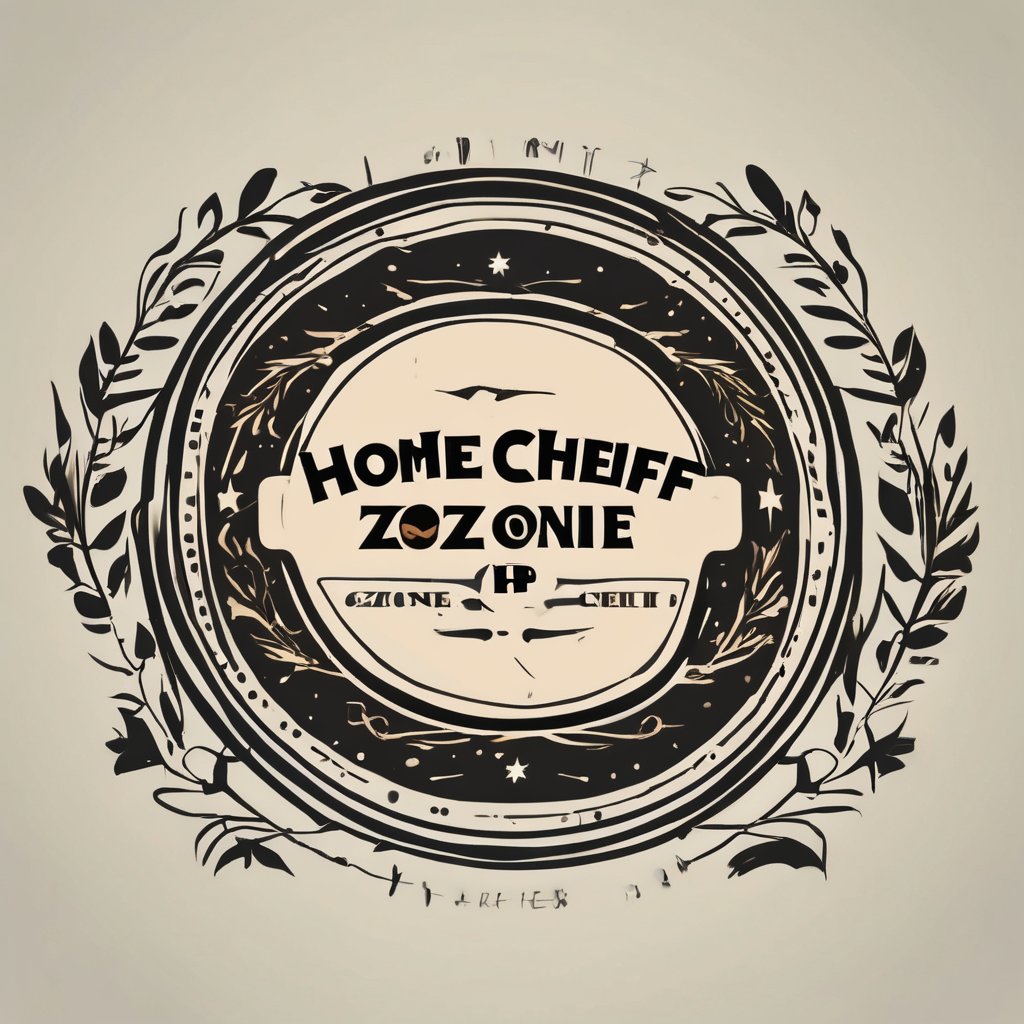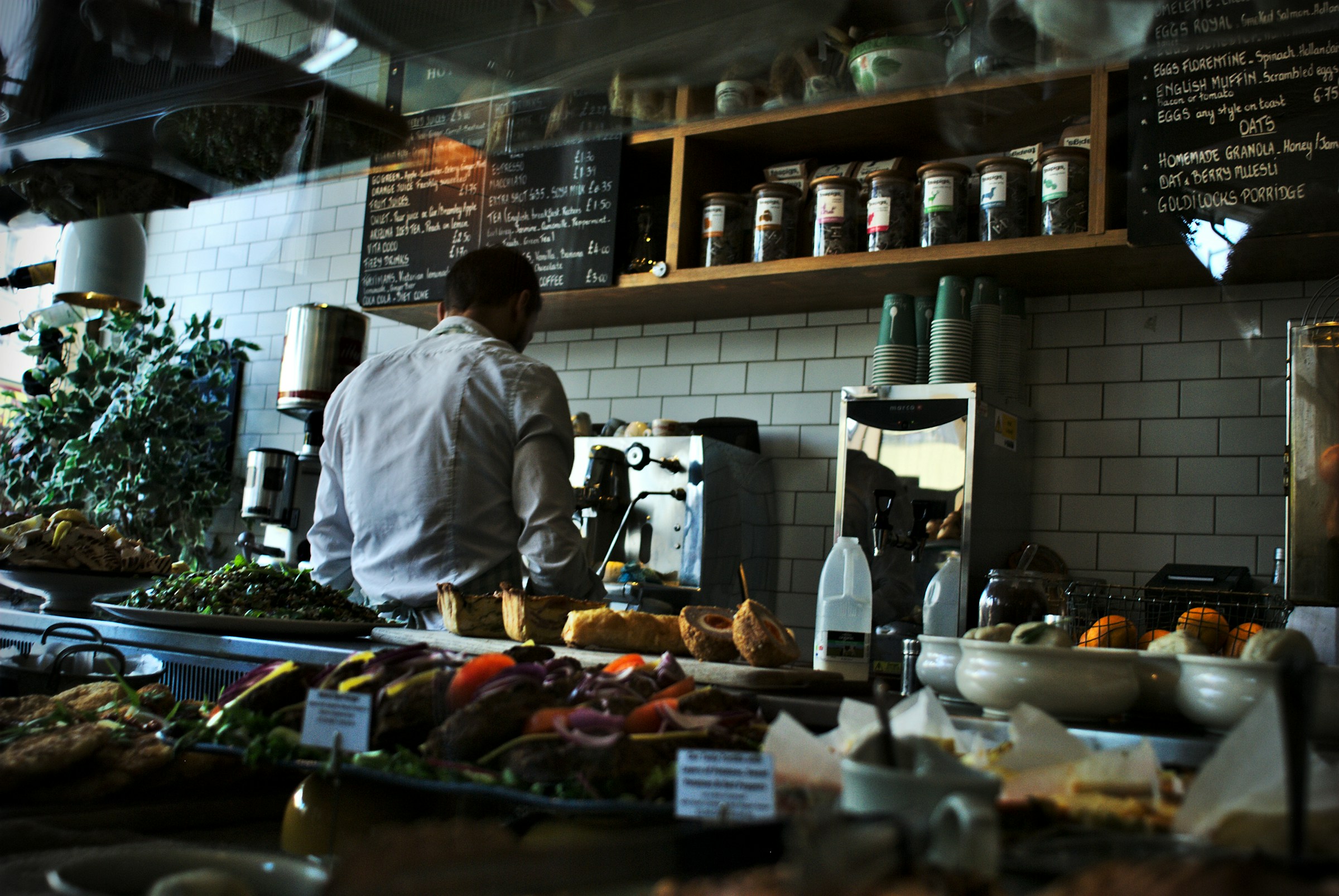Top Essential Tools You Need to Launch a Thriving Catering Business
Starting a catering business can be an exciting and rewarding venture, but it requires careful planning, the right tools, and a deep understanding of the industry. Here’s a comprehensive guide to help you get started and ensure your catering business thrives.
Understanding Your Catering Business Plan
Before diving into the tools you need, it’s crucial to have a solid business plan in place. A catering business plan serves as a roadmap, outlining your objectives, strategies, and financial projections.
This might interest you : Top Flooring Options to Reduce Noise in Your Open Kitchen Restaurant
Key Components of a Catering Business Plan
- Executive Summary: A brief overview of your catering company, including your mission statement, unique selling points, and success factors.
- Business Description: Describe your catering services, target market, and competitive advantages.
- Market Analysis: Conduct a thorough analysis of the catering industry, including market trends, customer preferences, and competitor analysis.
- Marketing and Sales Strategy: Outline your marketing and sales initiatives to attract clients and promote your catering services.
- Operations Plan: Detail the operational aspects of your business, including location, equipment, staffing, and logistics.
- Financial Plan: Present your financial projections, including startup costs, revenue forecasts, and profitability analysis.
Having a well-structured business plan will help you stay focused and ensure that you cover all the essential aspects of starting and running a successful catering business.
Essential Equipment for Your Catering Business
The right equipment is vital for any catering business. Here are some of the key items you’ll need:
Have you seen this : Elevate Your Menu: Creative Ways to Incorporate Tea Pairings in a Classic British Restaurant
Kitchen Equipment
- Ovens and Stoves: High-quality cooking appliances to prepare large quantities of food.
- Refrigerators and Freezers: To store ingredients and keep food fresh.
- Dishwashers: For efficient cleaning of utensils and dishes.
- Utensils and Cookware: Pots, pans, knives, and other necessary tools for food preparation.
Serving and Display Equipment
- Tables, Chairs, and Linens: For setting up at events.
- Serving Dishes and Utensils: High-quality servingware to present your food attractively.
- Chafing Dishes and Warmers: To keep food warm during events.
Transportation Equipment
- Insulated Food Containers: To keep food at the right temperature during transport.
- Vans or Trucks: For transporting equipment and food to events.
Here’s a detailed list of the equipment you might need:
- Ovens and Stoves
- Commercial-grade ovens
- Gas or electric stoves
- Refrigerators and Freezers
- Walk-in refrigerators
- Freezers for storing meats and other perishables
- Dishwashers
- Commercial dishwashers
- Utensils and Cookware
- Pots and pans
- Knives and cutting boards
- Measuring cups and spoons
- Serving and Display Equipment
- Tables and chairs
- Linens and napkins
- Serving dishes and utensils
- Chafing dishes and warmers
- Transportation Equipment
- Insulated food containers
- Vans or trucks for transportation
Commercial Kitchen Space
Access to a commercial kitchen is a necessity for any catering business. Here are a few options to consider:
Renting a Commercial Kitchen
- Look for kitchens that comply with health and safety regulations.
- Ensure the kitchen is fully equipped with the necessary appliances and utensils.
Culinary Incubators
- Culinary incubators offer professional-grade kitchen facilities, business mentorship, and a supportive community. They are designed to foster long-term growth and development.
For example, La Cocina in San Francisco is a nonprofit culinary incubator that provides access to commercial kitchen space, business training, and marketing support, specifically focusing on helping women, immigrants, and people of color build successful food businesses.
High-Quality Menu and Food Safety
Your menu is the heart of your catering business. Here’s how to create a high-quality menu and ensure food safety:
Menu Development
- Research and Trends: Research what’s trending in your area and adapt your menu to meet consumer demand. Ensure your menu is customizable to cater to various dietary restrictions and preferences.
- Seasonal Ingredients: Use seasonal ingredients to ensure freshness and quality.
- Menu Descriptions: Write clear and appealing menu descriptions to highlight the flavor and ingredients of each dish.
Food Safety
- Training: Ensure all staff are trained in food safety protocols.
- Storage and Handling: Properly store and handle ingredients to prevent contamination.
- Cleaning: Maintain a clean kitchen environment, and ensure all equipment is regularly cleaned and sanitized.
“Food safety is paramount in the catering industry. Make sure all your staff are trained and that you follow strict protocols to avoid any incidents,” advises a seasoned caterer.
Marketing and Client Acquisition
Effective marketing is crucial to attracting and retaining clients. Here are some strategies to consider:
Online Presence
- Website: Create a professional website showcasing your services, menu, and testimonials.
- Social Media: Use social media platforms to engage with potential clients, share updates, and promote your services.
Networking
- Event Planners: Network with event planners and other industry professionals to get referrals and partnerships.
- Community Events: Participate in community events to increase visibility and build goodwill.
Personalized Service
- Customer Service: Offer exceptional customer service to build a loyal client base.
- Personalized Offers: Tailor your services to meet the specific needs of each client.
Here’s an example of how you can leverage social media:
- Create a business page on platforms like Instagram, Facebook, and LinkedIn.
- Post high-quality images of your dishes and events.
- Engage with followers by responding to comments and messages promptly.
- Use relevant hashtags to increase visibility.
- Collaborate with influencers or other local businesses to cross-promote each other’s services.
Data and Insights for Optimized Operations
Using data and insights can help you optimize your operations and improve customer satisfaction.
Leveraging Delivery Data
- If you offer delivery services, use data from delivery apps to understand peak times, popular menu items, and customer preferences.
Customer Feedback
- Collect feedback from customers through surveys or reviews to identify areas for improvement.
- Use this feedback to adjust your menu, service, and marketing strategies.
Here’s a table comparing different data sources and their benefits:
| Data Source | Benefits |
|---|---|
| Delivery App Data | Understand peak times, popular menu items, customer preferences |
| POS System Data | Insights into customer ordering habits, basket size, and frequent orders |
| Customer Feedback | Identify areas for improvement, adjust menu and service strategies |
| Social Media Analytics | Track engagement, understand customer demographics and preferences |
Building Strong Relationships with Clients and Partners
Building strong relationships is key to the success of any catering business.
Client Relationships
- Personalized Service: Offer personalized service to each client to build trust and loyalty.
- Communication: Communicate regularly with clients about their events, preferences, and any changes.
Partnerships
- Local Businesses: Partner with local businesses like coffee shops, wineries, or breweries to cross-promote each other’s services.
- Event Planners: Build relationships with event planners to get referrals and partnerships.
For example, collaborating with a local brewery can help you feature their craft beers on your menu, while they promote your catering services to their customers.
Launching a thriving catering business requires careful planning, the right equipment, a high-quality menu, effective marketing, and strong relationships with clients and partners. By following these steps and leveraging the tools and strategies outlined above, you can set your catering business up for success.
As one successful caterer puts it, “The key to a thriving catering business is not just about the food; it’s about the experience you create for your clients. Focus on quality, service, and building strong relationships, and you’ll be well on your way to success.”






